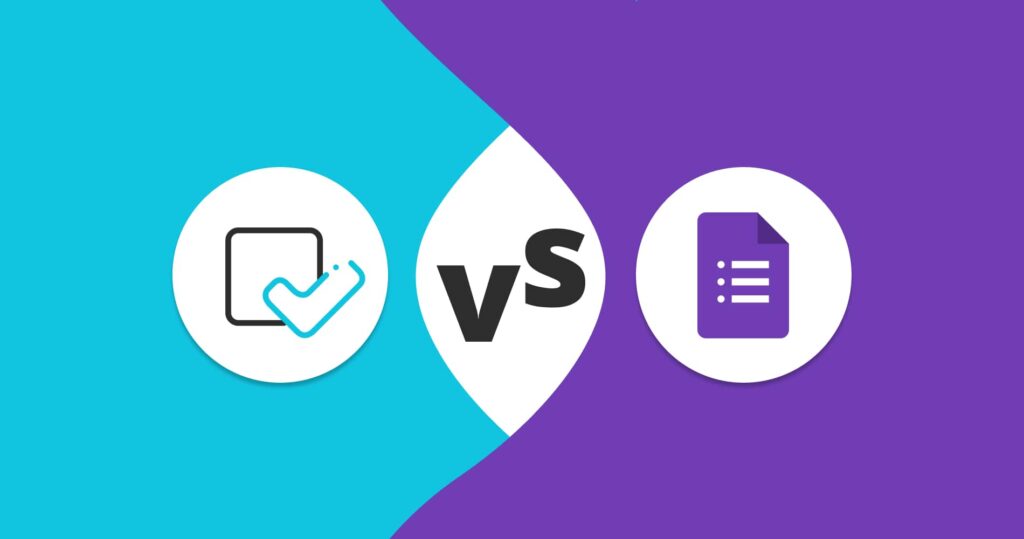In the ever-evolving landscape of project management, the traditional blueprint has long been the cornerstone upon which all endeavors are built. It serves as the guiding light, offering a structured plan to navigate through complex projects. However, as industries progress, technologies advance, and complexities multiply, the reliance solely on the blueprint is no longer sufficient. To truly excel in project management today, organizations must embrace innovation, flexibility, and cutting-edge tools. This shift in mindset is crucial for not just surviving but thriving in the modern business environment.
Embracing Technological Innovation
Resource capacity planning software stands at the forefront of technological innovation in project management. It revolutionizes the way teams allocate, manage, and optimize resources across projects. By leveraging advanced algorithms and real-time data, this software provides invaluable insights into resource availability, utilization, and optimization. Whether it’s human resources, equipment, or finances, the ability to accurately forecast and manage resource capacity is essential for project success.
The Role of Planning Software
It fosters collaboration and transparency within teams by centralizing information and providing a holistic view of resource availability. This transparency promotes greater alignment between departments, reduces conflicts, and encourages synergy. Team members can easily identify potential dependencies, allocate resources based on priority, and adjust plans in response to changing circumstances. Take the retail industry, for instance, which often uses innovative retail strategy management software to assist with merchandising, inventory, and marketing strategies in real time. As such, it usually allows the retail teams to quickly adapt to consumer behavior and market trends. This agility is crucial in today’s dynamic business environment, where adaptability often determines competitiveness.
Integration with Project Portfolio Management (PPM) Software
Furthermore, resource capacity planning software seamlessly integrates with other project management tools, such as Project Portfolio Management (PPM) software, to create a comprehensive ecosystem. PPM software complements planning by offering a bird’s-eye view of all projects within an organization, aligning them with strategic objectives, and facilitating decision-making at the portfolio level.
Prioritizing Projects and Managing Risks
This software enables project managers to prioritize projects based on their strategic value, allocate resources accordingly, and monitor progress in real-time. This visibility empowers stakeholders to identify underperforming projects, reallocate resources as needed, and ensure that investments are aligned with business objectives. Additionally, it facilitates risk management by providing insights into project dependencies, constraints, and potential conflicts, allowing organizations to proactively mitigate risks and seize opportunities.
Cultural Transformation: Nurturing Excellence Beyond Technology
However, achieving project management excellence goes beyond technology. It requires a cultural transformation, a mindset that embraces innovation, collaboration, and continuous improvement. Organizations must invest in nurturing a culture of transparency, accountability, and empowerment, where teams are encouraged to challenge the status quo, experiment with new approaches, and learn from both successes and failures. Leaders play a pivotal role in driving this cultural transformation, leading by example, fostering open communication, and providing the support and resources necessary for teams to thrive.
Investing in Talent Development and Process Optimization
Moreover, achieving project management excellence requires a holistic approach that encompasses people, processes, and technology. While technology can streamline workflows and automate mundane tasks, it is ultimately the people behind the technology who drive success. Organizations must invest in developing their talent, equipping them with the skills, knowledge, and tools needed to excel in an increasingly complex and competitive landscape. Additionally, processes must be agile, adaptable, and responsive to change. Rather than rigidly adhering to predefined plans, organizations should embrace iterative approaches that allow for continuous feedback and course correction.
The Evolution of Project Management Methodologies
Project management methodologies have evolved significantly over the years, from traditional waterfall approaches to more agile and iterative methods. While the traditional blueprint served as the foundation for project planning, modern methodologies emphasize flexibility, adaptability, and collaboration. Organizations are increasingly recognizing the limitations of rigid, linear approaches and are embracing agile methodologies that prioritize customer collaboration, iterative development, and quick responses to change. This evolution reflects the shifting demands of the modern business landscape, where speed, innovation, and customer-centricity are paramount.
The Impact of Technological Advancements on Project Management
Technological advancements have had a profound impact on project management, enabling teams to streamline processes, enhance collaboration, and improve decision-making. The emergence of resource capacity planning software has revolutionized the way organizations manage projects, allowing for more accurate forecasting, better resource allocation, and greater visibility into project portfolios. Moreover, advancements in communication technology have facilitated remote work and global collaboration, breaking down geographical barriers and enabling teams to work together seamlessly across time zones. As technology continues to evolve, project management practices will undoubtedly evolve with it, creating new opportunities and challenges for organizations.
Navigating Complexity and Uncertainty in Project Management
In today’s rapidly changing business environment, project managers must navigate unprecedented levels of complexity and uncertainty. Globalization, technological disruption, and shifting consumer preferences are just a few of the factors contributing to this complexity. To thrive in this environment, organizations must embrace a mindset of adaptability, resilience, and innovation. They must be willing to experiment, iterate, and learn from both successes and failures. Moreover, they must invest in robust risk management strategies, leveraging tools such as strategy management software to identify potential risks, assess their impact, and develop mitigation plans. By embracing complexity rather than shying away from it, organizations can position themselves for success in an uncertain world.
Conclusion
Beyond the blueprint lies a world of endless possibilities, where innovation, collaboration, and technology converge to redefine project management excellence. By embracing resource capacity planning software and a culture of continuous improvement, organizations can navigate complexity, mitigate risks, and deliver value with unparalleled efficiency and effectiveness. The journey to project management excellence may be challenging, but the rewards are well worth the effort. It’s time to go beyond the blueprint and embrace the future of project management.





